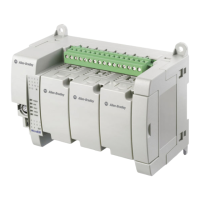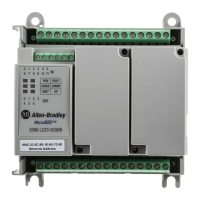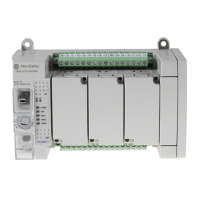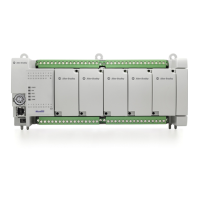Publication 1766-RM001A-EN-P - October 2008
370 ASCII Instructions
Programming AWA Instructions
When programming ASCII output instructions, always precede the ASCII
instruction with conditional logic that detects when new data needs to be
sent or, send data on a time interval. If sent on a time interval, use an
interval of 0.5 second or greater. Do not continuously generate streams of
ASCII data out of a communications port.
This instruction will execute on either a false or true rung. However, if
you want to repeat this instruction, the rung must go from false-to-true.
When using this instruction you can also perform in-line indirection. See
page 389 for more information.
Entering Parameters
Enter the following parameters when programming this instruction:
• Channel is the number of the RS-232 port, Channel 0.
• Source is the string element you want to write.
• Control is the control data file. See page 365.
• String Length (.LEN) is the number of characters you want to write
from the source string (0…82). If you enter a 0, the entire string is
written. This is word 1 in the control data file.
• Characters Sent (.POS) is the number of characters that the
controller sends to an external device. This is word 2 in the control
data file. Characters Sent (.POS) is updated after all characters have
been transmitted.
The valid range for .POS is from 0…84. The number of characters
sent to the destination may be smaller or greater than the specified
String Length (.LEN) as described below:
TIP
You configure append characters via the Channel Configuration screen. The
default append characters are carriage return and line feed.
IMPORTANT
If ASCII write instructions execute continuously, you may not be able to
re-establish communications with RSLogix 500/RSLogix Micro when the
controller is placed into the RUN mode.
efesotomasyon.com - Allen Bradley,Rockwell,plc,servo,drive

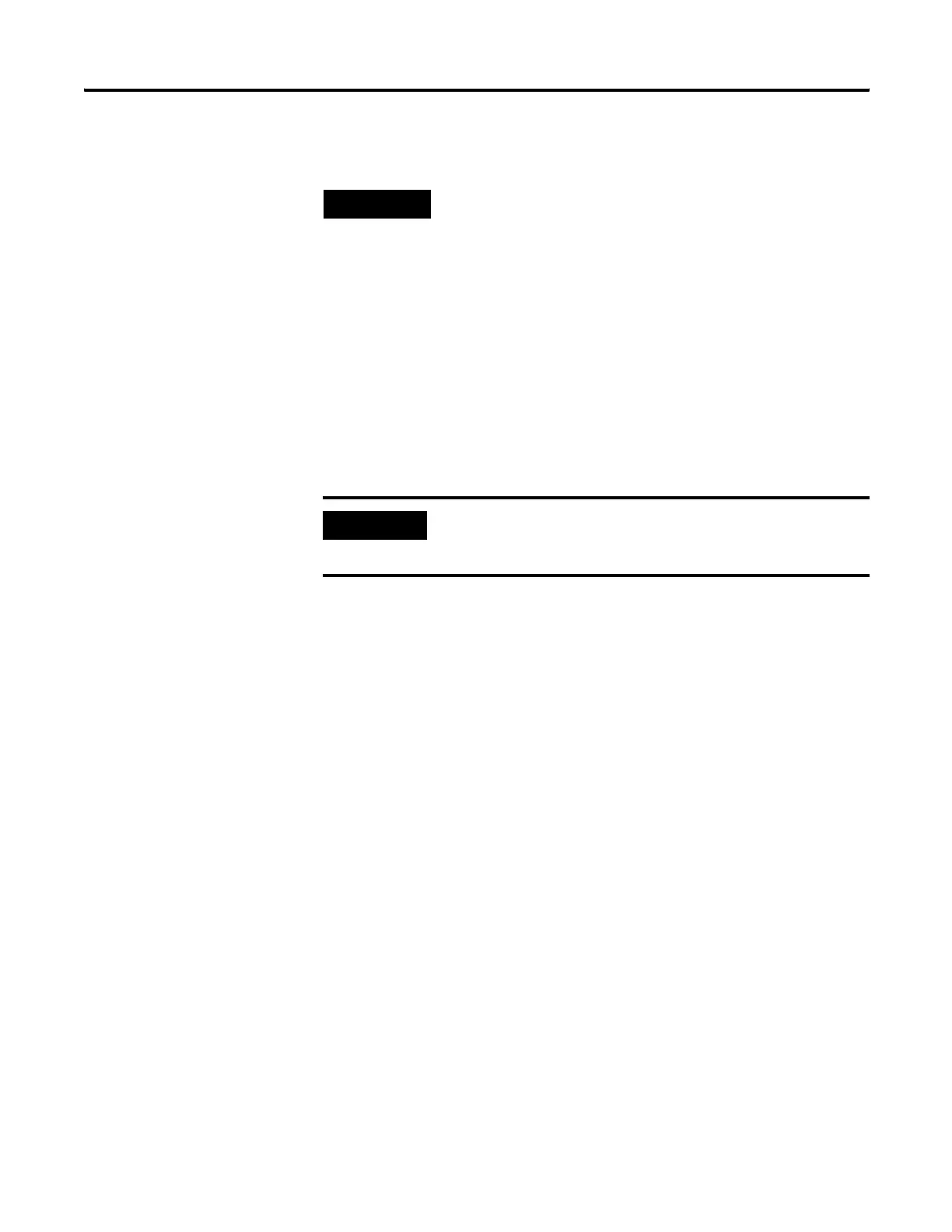